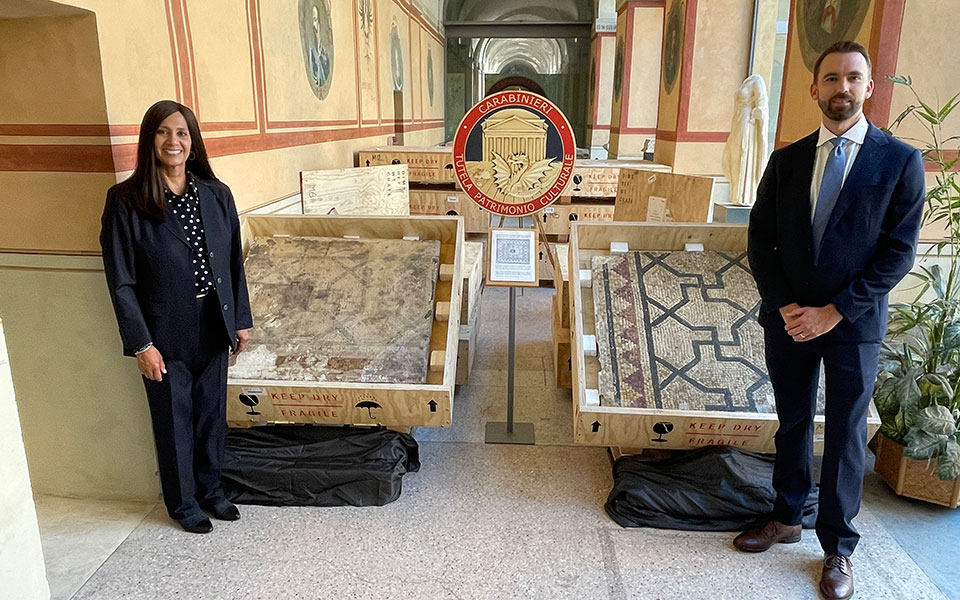
A raid at the Orlando Museum of Art that confiscated 25 works by Jean-Michel Basquiat has once again attracted the attention of the FBI Art Crime Task Force.
The FBI’s “Art Crimes Squad” has been around for years, but it’s back in the news this year due to a multi-million dollar theft from the Orlando Museum in Florida.
The New York Times spoke with two special agents about the creation and goals of the FBI’s “Art Crime Squad.”
According to Special Agent Elizabeth Rivas, the former head of the Los Angeles Art Crime Unit since retiring last year, the group began operations in 2003, around the time of the Iraq War, when a museum was looted in Baghdad and other cultural objects. .
Popular cases
“At that time, the FBI headquarters recognized the need to create a group of agents to help find stolen art and antiquities,” Rivas said.
As for the most popular cases the team has worked on, Rivas said that among the ones she remembers is the Knoedler Gallery.
“This important gallery in New York, one of the oldest and most famous, sold fakes. “The fact that the FBI identified the fakes and prosecuted the people involved, I think, shed light on the fact that this was happening in the art market,” Rivas said.
“There is also a case involving a gentleman who lived in West Hollywood and introduced himself as a nouveau riche. He bought art online for hundreds of dollars and then resold those works for hundreds of thousands of dollars. In the end, we discovered that he himself created fake documents of works of art.

Usually this is a financial crime.
As Rivas points out, many art crime cases are essentially fraudulent.
“Today it might be Basquiat and tomorrow it might be Picasso, but whatever fraud is committed, I will treat it the same as any financial crime investigation,” says Rivas.
As to what types of art crimes are most common, she again pointed out that they all revolve around fraud.
“We can talk about something that is being sold as genuine, but in fact it is not – this is probably the biggest crime. And it’s not just about art. It could be sports memorabilia. These can be collectible stamps,” Rivas said.
Everyone is looking for the real Picasso…
Finally, as to whether she has any advice for art collectors or space lovers, she replied:
“Sometimes it is very difficult for victims to believe that they have been deceived. They are caught by many scammers, they are very kind and smart, they seem to be very honest people. And I think a lot of the victims can’t believe they were scammed or that this person would ever do this to them. That is, there is a high percentage of trust. Essentially, collectors must verify the provenance of the work. If the price is too low and we’re talking about something too good to be true, then it’s probably not authentic. Research needed. I think that everyone in the art world is looking for a piece that they find in a warehouse or a flea market, realizing that it is Picasso. But the chances of such finds are very small. Especially a lot of people are looking for and finally convinced that they bought something authentic. And, unfortunately, this is not the case, ”he concludes.
Source: New York Times.
Source: Kathimerini
Anna White is a journalist at 247 News Reel, where she writes on world news and current events. She is known for her insightful analysis and compelling storytelling. Anna’s articles have been widely read and shared, earning her a reputation as a talented and respected journalist. She delivers in-depth and accurate understanding of the world’s most pressing issues.